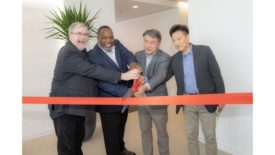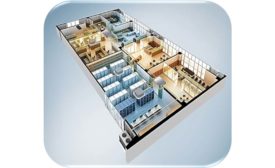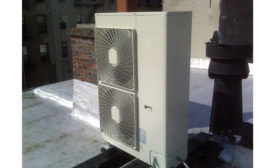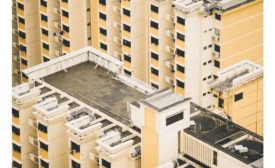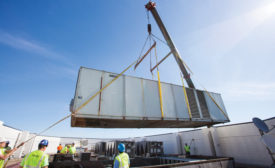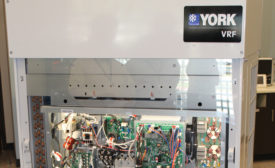Home » VRF training
Articles Tagged with ''VRF training''
Air Balancing Labs to Provide Training for Union Workers
Pharmaceutical, VRF labs opened at Albuquerque’s SMART Local 49 in April
Read More
Commercial VRF Growth Slows but Doesn’t Stop
Amid an office space rethink and ongoing electrification, this technology is better poised than most to roll with the changes
Read More
The Importance of VRF System Certification
These systems are best served by technicians familiar with systems’ best practices
Read More
HVAC Contractors Discuss Residential Variable Refrigerant Flow Trends
A tale of two VRF contractors
Read More
Seven Tips for Installing Variable Refrigerant Flow on a Roof
VRF on a roof might be a less familiar sight, but it offers advantages
Read More
Making the Case for Boilers, Rooftop Units, and VRF
Each heating technology offers unique benefits for commercial buildings
Read More
Johnson Controls Opens VRF Training Facility
Manufacturer opens Dallas facility on the heels of VRF product introduction
Read More
Copyright ©2024. All Rights Reserved BNP Media.
Design, CMS, Hosting & Web Development :: ePublishing



